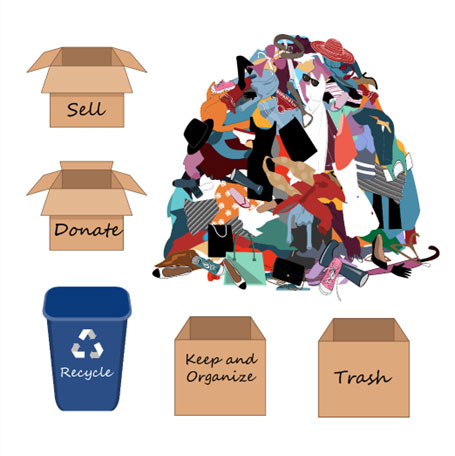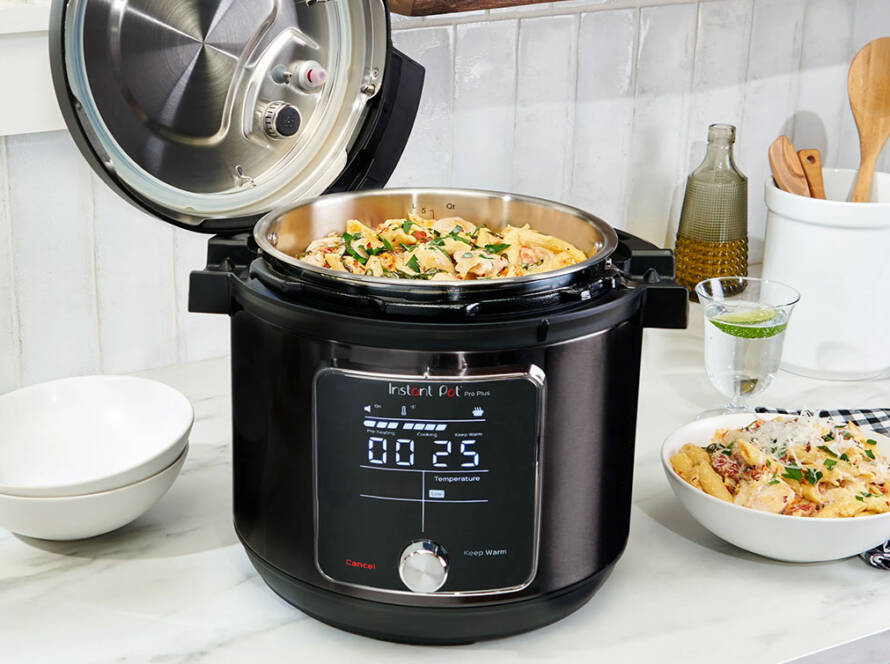Moving into a tiny home is more than a change of address—it’s a shift toward a simpler, more intentional lifestyle. For those exploring tiny homes in Ontario, laneway houses in urban neighborhoods, or even petite homes in rural settings, the journey begins with one critical step: decluttering and downsizing. While the process can feel overwhelming, especially if you’re transitioning from a larger space, it can also be incredibly freeing when approached with the right mindset.
Downsizing for a tiny house starts by rethinking how you view your possessions. In traditional homes, it’s easy to accumulate belongings over time—closets, basements, and garages become storage for items we rarely use but keep “just in case.” In a tiny home or small home, where square footage is limited and storage is minimal, everything must have a purpose. Whether you’re moving into a laneway suite in the city or building an additional dwelling unit on your property, you’ll need to be selective and deliberate about what stays.
The first step is to take an honest inventory of what you own. Walk through each room and identify the items you use regularly versus those that sit untouched. You might be surprised to discover how many things you’ve held onto without needing them. Downsizing becomes easier when you ask yourself whether each item serves a clear function, adds daily value, or brings joy. If it doesn’t, it might be time to let it go.
To simplify the process, consider sorting your belongings into distinct categories: what you will keep, donate, sell, or discard. Items that are essential and frequently used belong in your keep pile—these will be the foundation of your tiny home lifestyle. Donatable or sellable items in good condition can be passed along to others who might benefit from them. Anything broken or no longer usable should be responsibly recycled or discarded. This process is especially helpful when preparing for a move into a tiny home in Ontario, where every square foot matters.
 Letting go of sentimental belongings is often the most difficult part of downsizing. Family heirlooms, childhood keepsakes, and gifts may hold emotional weight. Instead of keeping everything, try choosing a few meaningful pieces to represent the memory. Digitizing items like old letters, photographs, or your children’s artwork allows you to preserve those memories without filling up physical space. This practice is particularly useful in petite homes and laneway homes, where storage is often cleverly hidden and intentionally limited.
Letting go of sentimental belongings is often the most difficult part of downsizing. Family heirlooms, childhood keepsakes, and gifts may hold emotional weight. Instead of keeping everything, try choosing a few meaningful pieces to represent the memory. Digitizing items like old letters, photographs, or your children’s artwork allows you to preserve those memories without filling up physical space. This practice is particularly useful in petite homes and laneway homes, where storage is often cleverly hidden and intentionally limited.
As you sort through your belongings, think ahead to how you’ll live in your new space. Downsizing for a tiny home is about making smarter choices, not just fewer ones. Multi-functional and space-saving items should take priority. Clothing that can be mixed and matched, kitchen appliances with multiple uses, and furniture that includes built-in storage are all essentials when living in a tiny house Ontario residents increasingly prefer for affordability and sustainability.
This process also invites you to be honest about your current needs and lifestyle. That full set of serving platters or the shelves of unread books may have been perfect for a larger home, but they might not align with how you plan to live in your new small home or laneway suite. Living tiny means embracing the present and letting go of excess baggage—physical and emotional.
Once you’ve completed the decluttering process, organizing what remains becomes much easier. Clear containers, labeled storage bins, and compartmentalized drawers can help keep your tiny space efficient and clutter-free. Even in the most compact additional dwelling unit or laneway house, a well-organized layout can make your home feel spacious, calm, and inviting.
Downsizing for a tiny home is more than a physical task—it’s a mental and emotional reset. It challenges you to be intentional, thoughtful, and decisive. But the result is transformative: a simpler, more focused life that gives you more time, energy, and space to enjoy what truly matters. Whether you’re working with tiny home builders in Ontario or converting an existing property into a small home, this process is the foundation of living well with less.



